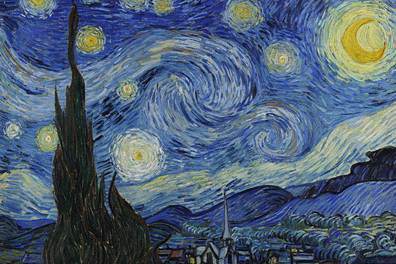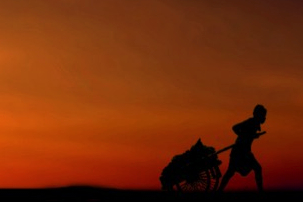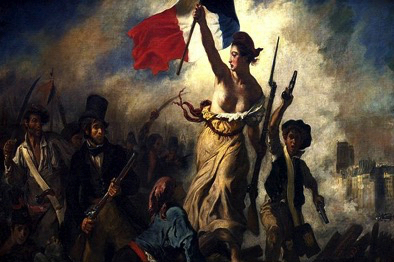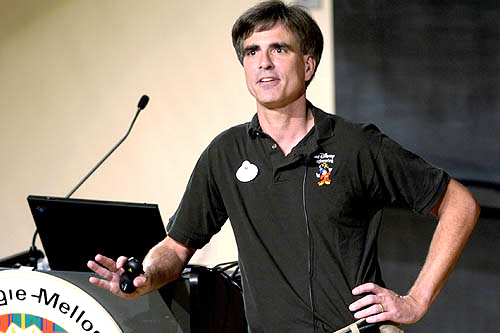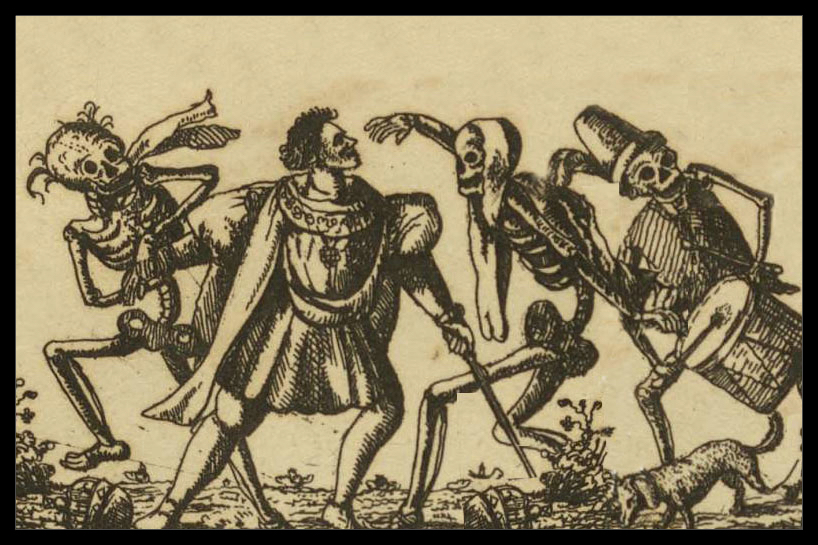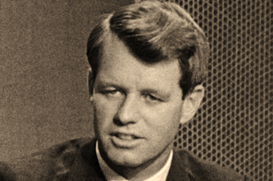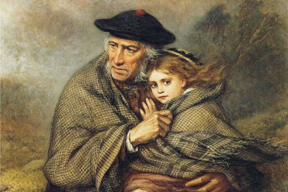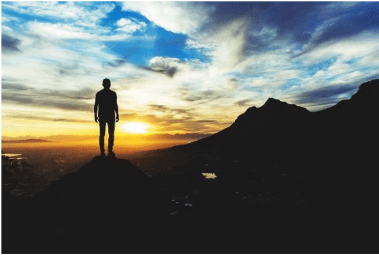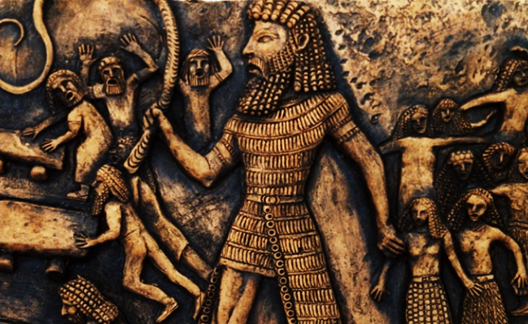Dreams vs. Reality
I have written many essays using the Rogerian counseling model. This type of psychotherapy has the therapist ask the client open-ended questions. This technique allows the client to attempt to address his or her issue. However, I’m both the therapist and client at the same time.
So, my issue deals with my personal angst. This is the picture of my dream.

I’m a dreamer. It was Bobby Kennedy that verbally articulated my drive. “Some men see things as they are and say, why; I dream things that never were and say, why not.” That single sentence has motivated me for decades. In my twilight years, the picture of the lake with mountains in the background was the most important of all my dreams. Before I run out of any more bricks on my yellow brick road of life, I want to create a small utopian experiment.
I have traveled all over North America. Additionally, I have visited nearly all of Western Europe and some parts of Central Europe. I have journeyed in the Middle East, Asia, and a handful of islands in the Pacific. I have met many people I consider my extended family during my adventures. My utopian dream is to bring several dozen individuals, couples, and families to a lake like the one in the photo. I’ll pay for transportation to my utopian village. Once they arrive, I will provide food, housing, education, and other needs. All I will require from them is to explore the best way to create a new world order at a microscopic level.
This wondrous dream of mine doesn’t have any financial sources to pay for this utopian experiment. I don’t have the money for the lake and the land, not to mention the millions of dollars for the cost of living for over a couple hundred people.
This is where my Rogerian self-analysis comes into play. My Weltanschauung has mindset has created a yin-yang dilemma for me. Lao Tzu wrote Tao Te Ching 2500 years ago. This is a photo that someone claims was taken by some Chinese photographer two and a half millennia ago.
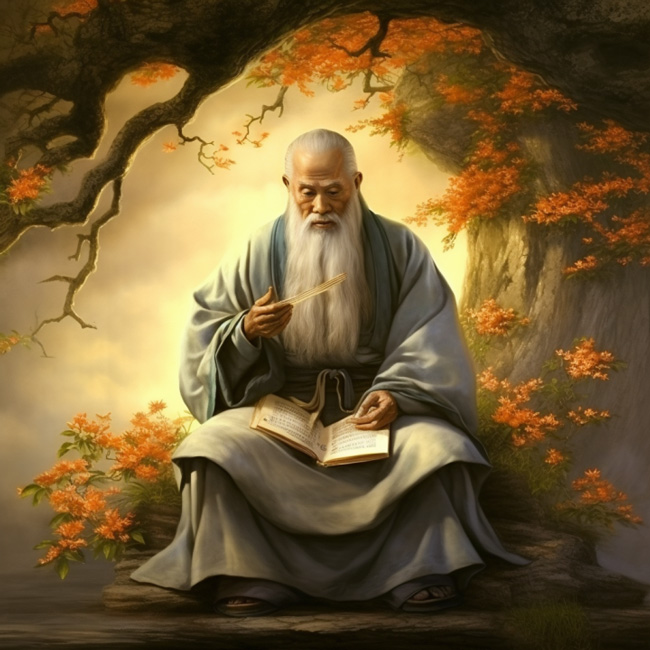
Lao Tzu taught balance and harmony. In Tao Te Ching, he wrote, “All things carry yin yet embrace yang. They blend their life breaths in order to produce harmony.” Most people are familiar with the black and white logo of yin-yang. I’m using this orange and blue version to make you think about yin-yang.

In the West, Carl Jung was the Swiss psychiatrist and psychoanalyst who grasped what Lao Tzu meant about yin-yang. The dot in each section of the logo is the unconscious seed of the other. The orange section has the unconscious blue dot and vice versa. The blue section contains the unconscious seed of the orange section.
Now, watch this video. It is a visual way of explaining that yin and yang have corresponding features within each section.
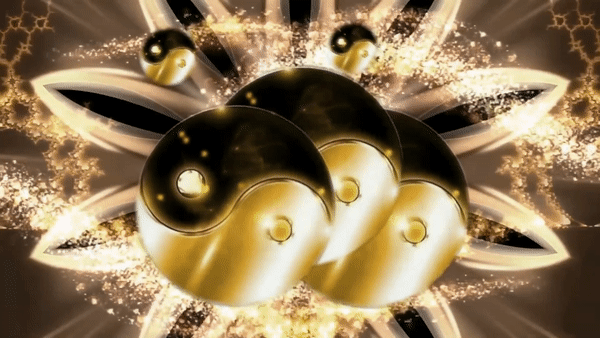
Lao Tzu wrote in the Tao Te Ching,
When people see things as beautiful, ugliness is created.
When people see things as good, evil is created.
Being and non-being produce each other.
Difficult and easy complement each other.
Long and short define each other.
High and low oppose each other.
Fore and aft follow each other.
This explains my drive. I can list a handful of critically important issues I must address. However, even as valid as those issues are for me, there is the opposite. Those issues that I see as important aren’t necessary to others. That tension is painful to me, but the pain benefits me.
The phrase, no pain/no gain, is a less philosophical expression of that tension.
This video is a very good explanation of Taoism.







